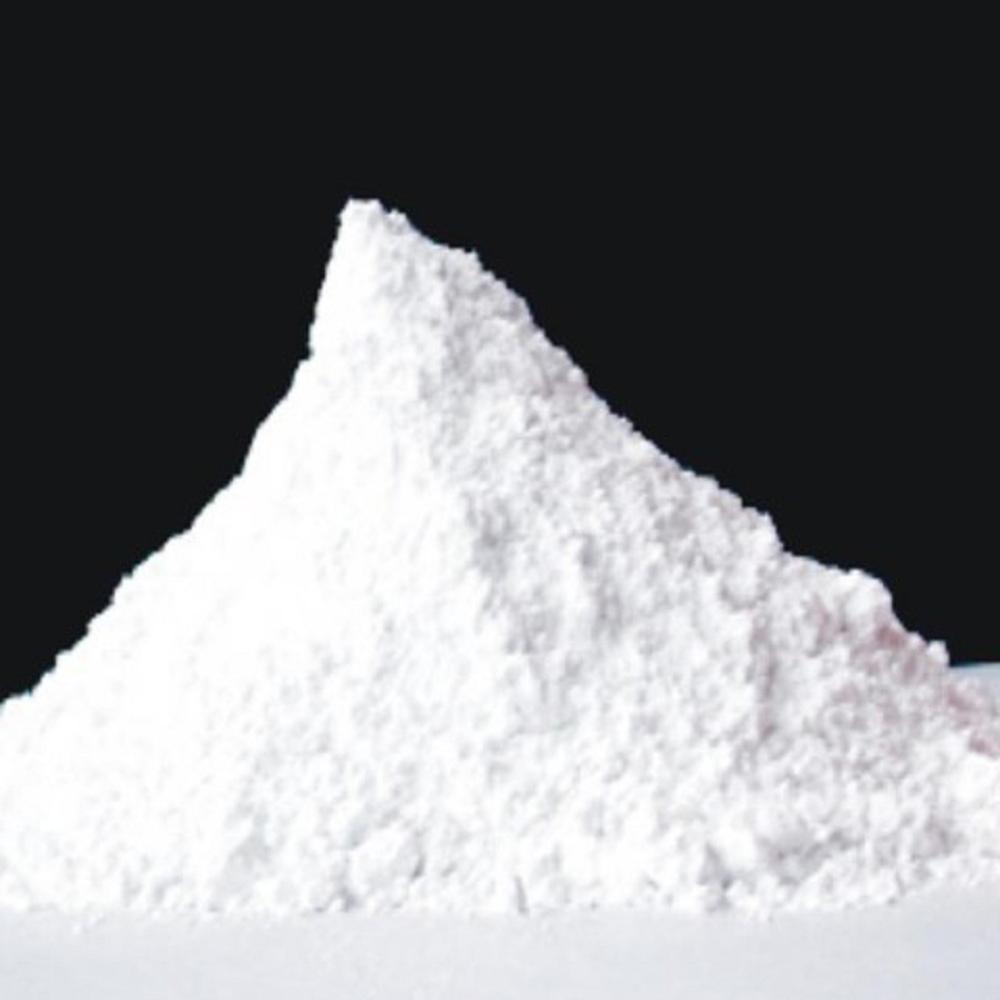Oxyclozanide Api Powder
1150.0 INR/Kilograms
Product Details:
- Medicine Type Veterinary Raw Materials
- Physical Form Powder
- Ingredients Animal Extract
- Treatments & Functions Oxyclozanide is an effective anthelmintic used in veterinary medicine for the treatment of trematodes and nematodes in livestock.
- Recommended For Cattle, Sheep, Goat
- Quantity/Volume 25 Kilogram(Kg)
- Storage Instructions Store at room temperature ideally between 15 C to 30 C (59 F to 86 F)
- Click to View more
X
Oxyclozanide Api Powder Price And Quantity
- 25 Kilograms
- 1150.0 INR/Kilograms
- 1100.00 - 1300.00 INR/Kilograms
Oxyclozanide Api Powder Product Specifications
- Cattle, Sheep, Goat
- Store at room temperature ideally between 15 C to 30 C (59 F to 86 F)
- Oxyclozanide is an effective anthelmintic used in veterinary medicine for the treatment of trematodes and nematodes in livestock.
- Animal Extract
- Powder
- 25 Kilogram(Kg)
- Veterinary Raw Materials
Oxyclozanide Api Powder Trade Information
- Mumbai Port
- Delivery Point (DP), Letter of Credit at Sight (Sight L/C), Letter of Credit (L/C), Cash Against Delivery (CAD), Cash on Delivery (COD), Cash Advance (CA), Cash in Advance (CID)
- 100 Kilograms Per Day
- 7 Days
- No
- Free samples are available
- Drum Packing
- Asia, Australia, Central America, Middle East, Africa, North America, South America, Eastern Europe, Western Europe
- WE PROVIDES ALL KIND OF CERTIFICATIONS AS YOU REQUIRED
Product Description
Oxyclozanide offered by us is used in veterinary medicine against internal parasites of livestock It is not used against agricultural and household pests This medicine is widely used for the treatment and control of fascioliasis in cattle sheep and goats This medicine is very effective and safe to use Our product is clinically tested under various parameters to ensure its high quality This medicine is very economical and can be easily availed by our customers at nominal pricing
Oxyclozanide Properties
Chemical Names Oxyclozanide 2277921 Oxiclozanidum Zanil Oxyclozanid Zanilox
CAS No 2277921
Molecular Formula C13H6Cl5NO3
Molecular Weight 401445 gmol
EINECS 2189040
Density 1784 gcm3
Melting Point 7781 C
Boiling Point 446 C at 760 mmHg
Flash Point 2235 C
How does it work
It is an antihelmintic salicylanilide Fascioliasis is treated and controlled using it in domestic livestock including cattle sheep and goats It mainly works by uncoupling oxidative phosphorylation in flukes
Applications Or where it is used
A veterinary medicine active ingredient known as oxyclozanide acts as an antiparasitic against livestock internal parasites mainly flukes Pests in agriculture and households are not affected by it It belongs to the salicylanilides chemical class
Manufacturing process
The preparation method includes these steps nitrification reduction and condensation with 356trichlorosalicylic acid to obtain oxyclozanide
How to use
An oxyclozanide dose of 1315 mgkg is usually adequate for treating mature flukes however repeated doses 15 mgkg for 3 are sometimes required to treat immature flukes Hence the drug can control ruminant acute fascioliasis
Dosage of usage
A drench containing 10 to 15mg of oxyclozanide per kilogram can be administered As per maximum dosage cattle are given 100 ml and sheep and goats are given 20 ml The dose should be tripled for acute fascioliasis in sheep
1 Cattle Buffalao 33 ml 100 kg body weight
2 Sheep Goat 10 ml up to 30 kg body weight
Side effects
When sheep are given a dose of 30 mgkg or more diarrhea depression and weight loss can occur
Tell us about your requirement

Price:
Quantity
Select Unit
- 50
- 100
- 200
- 250
- 500
- 1000+
Additional detail
Mobile number
Email

















 : nilesh.sheth70
: nilesh.sheth70
